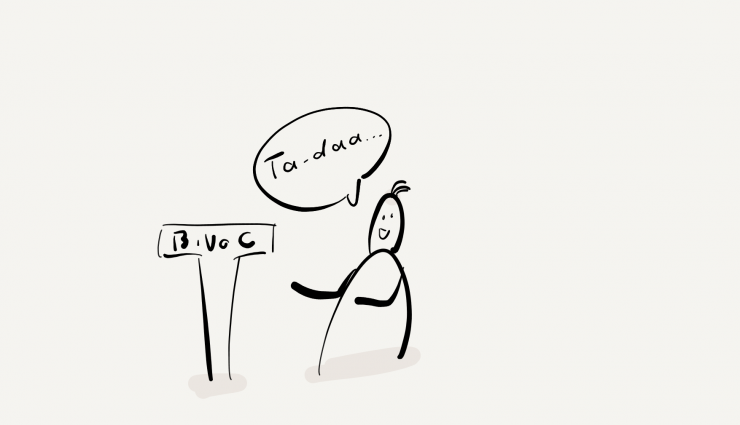Companies already use a wide variety of tactics to include customers in their operations. However, customer involvement in these tactics most often stays on the reactive level of the Co-creation Matrix. Service design aims to give a voice to customers – but as customers are seen more and more seen as a strategic resource, they more than just a voice. They need certainty. This, by the way, can also be viewed form an economic perspective: as customers get accustomed to having a say in an organization’s operations, they will demand more in return. This “more” rarely needs to be monetary. It is rather about inclusion.
So I propose a new type of process for customer’s inclusion – one which is modelled on Swiss direct democracy (SDD), and balances out the greater involvement that organizations want from them. And this would be a…
…pre-defined, transparent, binding process to implement proactive customer proposals. For easy reference, I call this the Binding Voice of Customer process, or BiVoC for short.
I weighed every word carefully here, so let me explain:
- ‘Pre-defined’ means that a set of process steps is laid out and repeated each time.
- ‘Transparent’ means that this process is described and known not just internally, but also to customers.
- ‘Binding’ means that if certain pre-defined and transparent requirements are fulfilled, the organization is (self-)bound to act
- ‘Process‘ refers to the fact that it is not just a singular touchpoint between customer and organization, but a series of interactions and events outside and within the organization.
- ‘Implement‘ refers to the organization taking action.
- ‘Proactive’ means that customers can speak up at any time. (some restrictions apply, see later.)
- ‘Customer‘….OK, I could have weighed that word further, As always, I am open to the community’s input. The group of people I want to include in this is that it is the people who use/consume the product or service of an organization, while also providing some kind of compensation for this usage/consumption. In the world of freemium services, B2B products, and B2B2C setups and non-profit organizations the words “user”, “constituent”, “buyer”, “consumer”, or even “customer” do not cover all aspects. For now I went with “customer”.
- ‘Proposals‘: Originally I called this just ‘Input’, but I found that to be to vague. Just a quick input is not what we are looking for from consumers. In this BiVoC process the customer is handled as a strategic resource – and “with great power comes great responsibility” (can’t believe I wrote that down…). So customers have to weigh give thought to their input, which thus matures into a proposal: something that has behind it a thought, deliberation and a broader understanding of the context.
Of course there is a lot of nuance, behind these words. They are juts the tip of the iceberg. While the concept may seem strict on first view, it actually provides plenty of wiggle room from organizations. The next post will explore the 7 main elements of the BiVoC process.




















